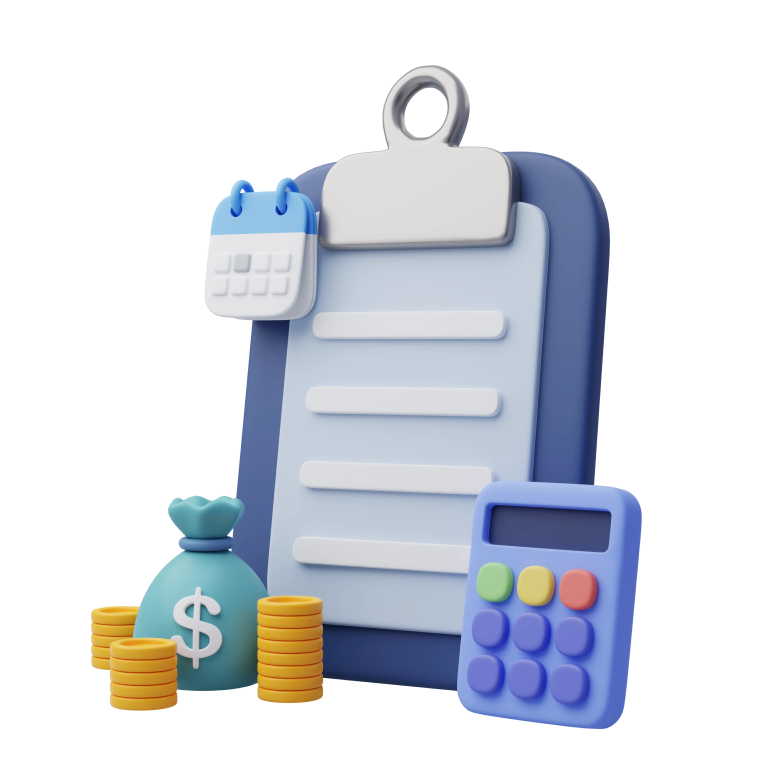USDT (Tron) Network fees

 What are TRON Energy and Bandwidth?
What are TRON Energy and Bandwidth?
TRON's Energy and Bandwidth are resource systems used to process and execute smart contracts and transactions.
- Bandwidth is primarily utilized for ordinary transactions such as transfers, staking, and unlocks. Each account is allocated 600 free bandwidth credits per day.
- Energy represents the processor resources that are consumed during the running of a smart contract. Like bandwidth, it can be obtained by staking TRX, but no free energy is allocated to each account every day.
 What is TRON's transfer mechanism?
What is TRON's transfer mechanism?
Transferring TRX only consumes bandwidth, without energy. A TRX transfer consumes 268 bandwidth points; transferring TRC20-USDT incurs a network fee of either 13.74 TRX (about $1.608) or 27.6 TRX (about $3.215).
However, if you have enough energy and bandwidth, it won't burn TRX as a fee but will consume bandwidth and energy instead. Each USDT transfer consumes 345 bandwidth points (the consumed energy and bandwidth, as well as TRX, fluctuate based on conditions on the TRON blockchain), with two possible scenarios for energy consumption.
| Payer’s account with energy | Payer’s account without energy | |
|---|---|---|
| Receiving address with USDT | Consumes 32000 energy and 345 bandwidth points | 13.74 TRX (about $1.608) |
| Receiving address without USDT | Consumes 64895 energy and 345 bandwidth points | 27.6 TRX (about $3.215) |
 How do we combine and transfer payments?
How do we combine and transfer payments?
For example: you received 10 payments to different USDT addresses.
- 1
We have to activate the TRX smart contract and each USDT address.
- 2
Then we check and add enough energy and bandwidth on this smart contract for transfer from 10 addresses to one temporary USDT address.
- 3
After that we add energy to this temporary address. Then we send the first transaction with our service fee and the second transaction to the destination address.
So, it means you do not have to replenish the corresponding TRX addresses for making USDT transactions.
Yes, we spend a lot of energy and bandwidth that’s why sometimes network fees look expensive. The main pros: your money is in a secure place and isolated from other customers. This method is secure for you because USDT can be banned for sanctions, politics and suspicious transactions by TRON.
The network fee depends on different parameters: count of combined payments, activated or not activated addresses, recovered or not energy and conditions on the TRON blockchain. It’s not an easy process and takes time.
Another example: If you transfer from only one USDT address, we just charge our service fee and transfer the amount to the destination.
Lifehack: Re-using USDT addresses significantly reduces network fees because the address has already been activated once and energy is recharged. If you rarely accept payments or accept different payments with different amounts, for example, each for 10, 38, 100, and 71 USDT, etc., you can accept payments to the same address and process callbacks by different amounts instead of different addresses.